
Punch, or The London Charivari was a British weekly magazine of humour and satire established in 1841 by Henry Mayhew and wood-engraver Ebenezer Landells. Historically, it was most influential in the 1840s and 1850s, when it helped to coin the term "cartoon" in its modern sense as a humorous illustration. From 1850, John Tenniel was the chief cartoon artist at the magazine for over 50 years.

John Leech was a British caricaturist and illustrator. He was best known for his work for Punch, a humorous magazine for a broad middle-class audience, combining verbal and graphic political satire with light social comedy. Leech catered to contemporary prejudices, such as anti-Americanism and antisemitism and supported acceptable social reforms. Leech's critical yet humorous cartoons on the Crimean War helped shape public attitudes toward heroism, warfare, and Britons' role in the world.

Richard "Dickie" Doyle was a British illustrator of the Victorian era. His work frequently appeared, amongst other places, in Punch magazine; he drew the cover of the first issue, and designed the magazine's masthead, a design that was used for over a century.
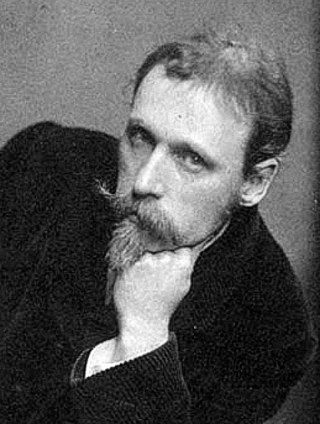
Walter Crane was an English artist and book illustrator. He is considered to be the most influential, and among the most prolific, children's book creators of his generation and, along with Randolph Caldecott and Kate Greenaway, one of the strongest contributors to the child's nursery motif that the genre of English children's illustrated literature would exhibit in its developmental stages in the later 19th century.
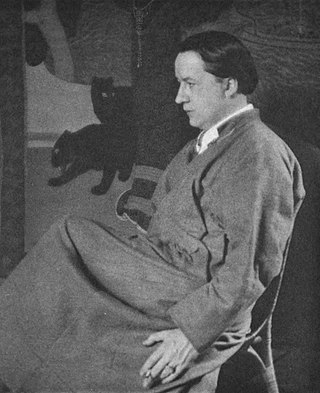
Edmund Dulac was a French-British naturalised magazine illustrator, book illustrator and stamp designer. Born in Toulouse he studied law but later turned to the study of art at the École des Beaux-Arts. He moved to London early in the 20th century and in 1905 received his first commission to illustrate the novels of the Brontë Sisters. During World War I, Dulac produced relief books and when after the war the deluxe children's book market shrank he turned to magazine illustrations among other ventures. He designed banknotes during World War II and postage stamps, most notably those that heralded the beginning of Queen Elizabeth II's reign.
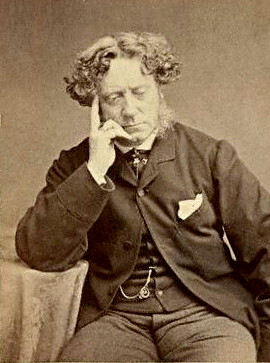
Sir Joseph Noel Paton was a Scottish artist, illustrator and sculptor. He was also a poet and had an interest in, and knowledge of, Scottish folklore and Celtic legends.
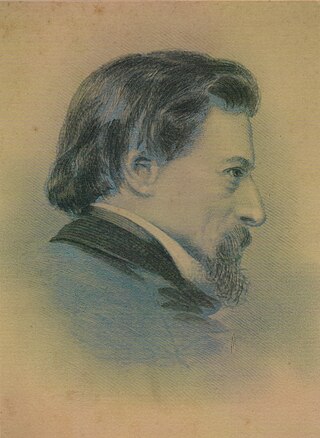
Charles Henry Bennett was a prolific Victorian illustrator who pioneered techniques in comic illustration.

Jessie Willcox Smith was an American illustrator during the Golden Age of American illustration. She was considered "one of the greatest pure illustrators". A contributor to books and magazines during the late 19th and early 20th centuries, Smith illustrated stories and articles for clients such as Century, Collier's, Leslie's Weekly, Harper's, McClure's, Scribners, and the Ladies' Home Journal. She had an ongoing relationship with Good Housekeeping, which included a long-running Mother Goose series of illustrations and also the creation of all of the Good Housekeeping covers from December 1917 to 1933. Among the more than 60 books that Smith illustrated were Louisa May Alcott's Little Women and An Old-Fashioned Girl, Henry Wadsworth Longfellow's Evangeline, and Robert Louis Stevenson's A Child's Garden of Verses.

Gordon Frederick Browne was an English artist and a prolific illustrator of children's books in the late 19th century and early 20th century. He was a meticulous craftsman and went to a great deal of effort to ensure that his illustrations were accurate. He illustrated six or seven books a year in addition to a huge volume of magazine illustration.

Elenore Plaisted Abbott (1875–1935) was an American book illustrator, scenic designer, and painter. She illustrated early 20th-century editions of Grimm's Fairy Tales,Robinson Crusoe, and Kidnapped. Several books were published as illustrated by Elenore Plaisted Abbott and Helen Alden Knipe.
Clara Elsene Peck was an American illustrator and painter known for her illustrations of women and children in the early 20th century. Peck received her arts education from the Minneapolis School of Fine Arts and was employed as a magazine illustrator from 1906 to 1940. Peck's body of work encompasses a wide range, from popular women's magazines and children's books, works of fiction, commercial art for products like Ivory soap, and comic books and watercolor painting later in her career. Peck worked during the "Golden Age of American Illustration" (1880s–1930s) contemporaneous with noted female illustrators Jessie Willcox Smith, Elizabeth Shippen Green and Violet Oakley.

Florence Ann Claxton, later Farrington, was a British artist and humorist, most notable for her satire on the Pre-Raphaelite movement. Claxton also wrote and illustrated many humorous commentaries on contemporary life.
Harold Robert Millar (1869–1942) was a prominent and prolific Scottish graphic artist and illustrator of the late nineteenth and early twentieth centuries. He is best known for his illustrations of children's books and fantasy literature. "His work...has a lively, imaginative charm and a distinctive sense of design."

Once A Week was a British weekly illustrated literary magazine published by Bradbury & Evans from 1859 to 1880. According to John Sutherland, "[h]istorically the magazine's main achievement was to provide an outlet for [an] innovative group of illustrators [in] the 1860s."
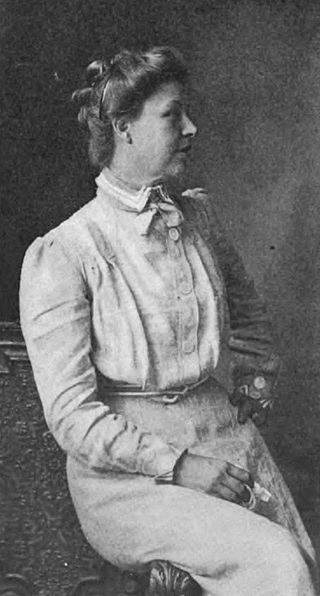
Katharine Pyle was an American illustrator and author, primarily of books for young people, an influential member of the Pyle artistic family, active in Philadelphia during the late 19th and early 20th centuries. A native of Wilmington, Delaware, and a social activist, she published several accounts of Delaware's colonial history.

Adelaide Sophia Claxton was a British painter, illustrator, and inventor. She was one of the first women artists to make a major part of her living through the commercial press, selling satirical and comic illustrations to more than half a dozen periodicals.

Eliza Warren née Jervis (1810–1900) was an English writer on needlework and household management, and editor of the Ladies' Treasury magazine. She was best-known professionally by the pen-name Mrs. Warren, but after a second marriage was also known as Eliza Francis and Eliza Warren Francis.
Matilda Marian Pullan —also writing under the pen names Mrs. Pullan and Aiguillette— was a prolific and influential 19th century British writer on needlework who contributed columns to a wide selection of periodicals in the 1840s and 1850s. She was the author of numerous books on needlework, especially the decorative forms known as fancywork, and she wrote a comprehensive encyclopedia on the subject. She was also an extremely successful businesswoman who ran a needlework supply shop that expanded to become a mail order business. Towards the end of her life, she moved to America, where she opened a consulting business whose clients included the actor Laura Keene.
Margaret Thomson Janvier was an American poet and author of children's literature who published under the pseudonym Margaret Vandegrift.
Ethel Jackson Morris (1891–1985) was an Australian illustrator.















